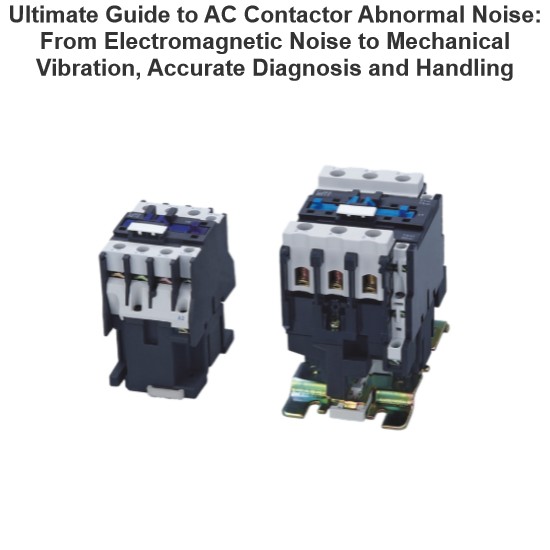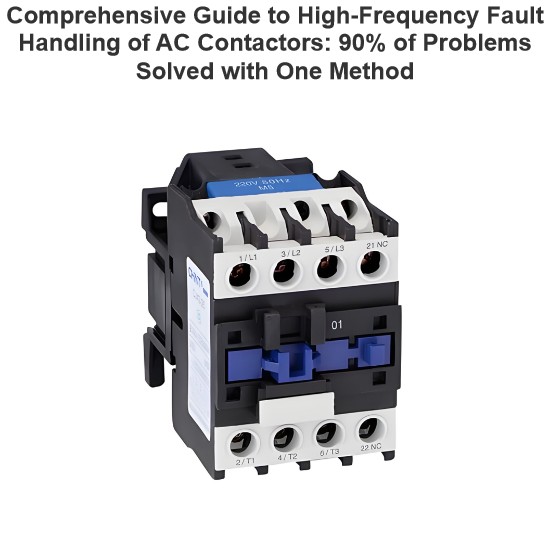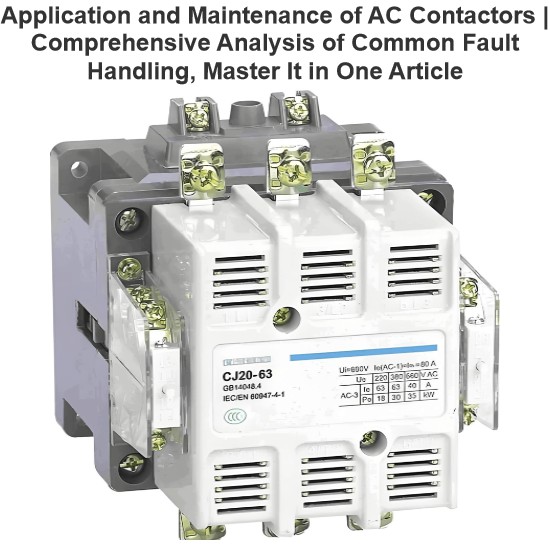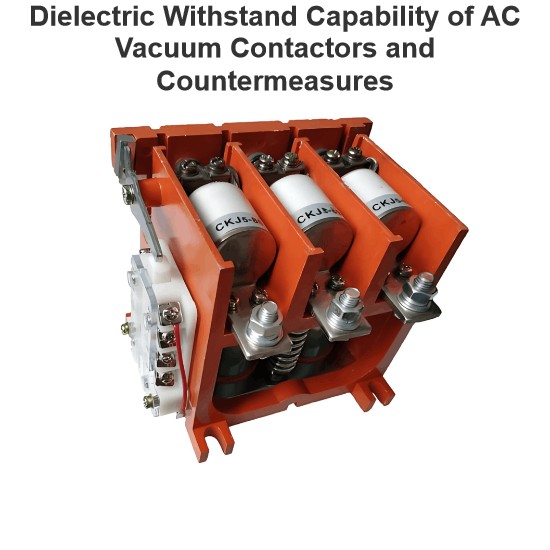Hey everyone, I'm Felix, and I've been working in the power system field for 10 years. From following senior engineers on-site to leading teams handling various substation equipment failures, I’ve worked with many types of current transformers (CTs), especially those used in air insulated switchgear (AIS).
Although this type of equipment is relatively simple in structure and easy to maintain, it still experiences frequent issues during actual operation. Today, I’ll share my hands-on experience and talk about:
What are the most common faults of current transformers in air insulated switchgear — and how do we deal with them?
No fluff, just practical knowledge!
1. What Is a Current Transformer in Air Insulated Switchgear?
Let me start with a quick explanation to help you better understand what comes next.
Air Insulated Switchgear (AIS) is a type of power distribution equipment that uses air as its main insulation medium. It's widely used in distribution networks up to 35kV.
The current transformer (CT) inside is typically installed near circuit breakers or isolating switches. Its job is to measure primary current and provide sampling signals for protection devices. The performance of the CT directly affects the accuracy of metering and the reliability of protective actions.
2. Common Fault Types and Root Cause Analysis
Fault 1: Secondary Open Circuit — The Most Dangerous (and Often Overlooked) Problem
Symptoms: Meters show no reading, protection relays malfunction or even burn out.
Causes:
Loose terminal connections;
Forgetting to short the secondary circuit during testing;
Human error during operation.
Consequences: An open secondary circuit can cause core saturation and generate dangerously high voltages — potentially damaging equipment or causing safety hazards.
Solutions:
Check all secondary wiring before installation;
Always use shorting links when performing tests;
Train maintenance staff on proper procedures.
Pro Tip: After every maintenance session, always check the secondary loop with a multimeter to ensure continuity!
Fault 2: Insulation Aging / Moisture Ingress — A Big Risk During Old Substation Upgrades
Symptoms: Partial discharges, reduced insulation resistance, breakdown trips.
Causes:
Long-term aging of materials;
Poor sealing allows moisture to enter;
High humidity environment (common in southern regions).
Consequences: Minor issues affect measurement accuracy; severe cases may lead to short circuits or explosions.
Solutions:
Perform regular insulation tests;
Prioritize moisture-resistant designs when replacing old units;
Install heating and dehumidifying devices in damp environments.
Recommendation: During old station upgrades, don’t just look at the appearance — inspect internal insulation carefully!
Fault 3: Wrong Polarity Connection — A Common Mistake by Newbies, With Serious Consequences
Symptoms: Differential protection malfunctions, inaccurate metering.
Causes:
Not checking polarity during installation;
Misinterpreting wiring diagrams;
Unclear labeling leads to incorrect wiring.
Consequences: In differential protection systems, wrong polarity can cause false tripping or failure to trip — a major safety risk.
Solutions:
Always perform a polarity test after installation;
Use a polarity tester or DC method to confirm direction;
Clearly mark primary and secondary terminals.
Reminder: Polarity matters — especially when dealing with relay protection systems!
Fault 4: Ratio Error Too Large — The “Silent Killer” That Affects Metering and Protection
Symptoms: Discrepancies in energy meter readings, incorrect protection settings.
Causes:
Improper CT selection (rated current mismatch);
Poor magnetization curve of the core;
Excessive secondary load (e.g., connecting multiple instruments).
Consequences: Small errors cost money on billing; large ones cause misjudgment by protection relays.
Solutions:
Carefully match the rated current during selection;
Check if the secondary load is within acceptable limits;
Replace with higher accuracy class CTs when necessary.
Attention: Don’t downgrade accuracy classes lightly — especially for metering applications!
Fault 5: Mechanical Damage or Poor Assembly — Hidden Risks from Installation
Symptoms: Abnormal vibration, loud noise, overheating.
Causes:
Physical damage during transportation;
Forced alignment during installation;
Improper tightening of mounting bolts.
Consequences: Long-term operation may lead to winding deformation or insulation damage.
Solutions:
Inspect for physical damage before installation;
Follow installation instructions strictly;
Use torque wrenches to tighten fasteners properly.
Field Experience: It’s better to take your time than rush and leave hidden dangers behind!
3. Daily Operation & Maintenance Tips
As an experienced field engineer, here are some key O&M suggestions I want to emphasize:
Regular Patrols: Monitor temperature, sound, and connection status;
Insulation Testing: Perform insulation resistance and dielectric loss tests at least once a year;
Live Detection: Use infrared thermal imaging to detect abnormal heating early;
Data Logging: Keep historical records to track trends;
Training: Improve operational standards through staff training, especially for new employees.
4. Final Thoughts
Current transformers in air insulated switchgear may seem small and unimportant, but they're the eyes and ears of the entire power system. When they fail, it can range from minor metering inaccuracies to serious safety risks.
So whether you're selecting, installing, or maintaining these devices — pay attention to the details!
Remember these key points:
Prevent secondary open circuits at all costs;
Never allow polarity errors;
Monitor insulation aging regularly;
Control ratio errors strictly;
Ensure high-quality installation.
Only by getting every detail right can we truly guarantee stable and safe power system operations.
If you’ve encountered any CT-related issues in your work, or want to know more about troubleshooting a specific fault, feel free to leave a comment or send me a message. I’d be happy to help you analyze and solve the problem together!
Here’s hoping every current transformer runs steadily and safely — quietly guarding our power supply!
— Felix






















